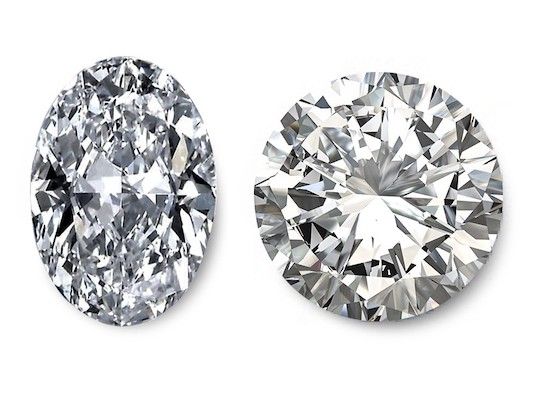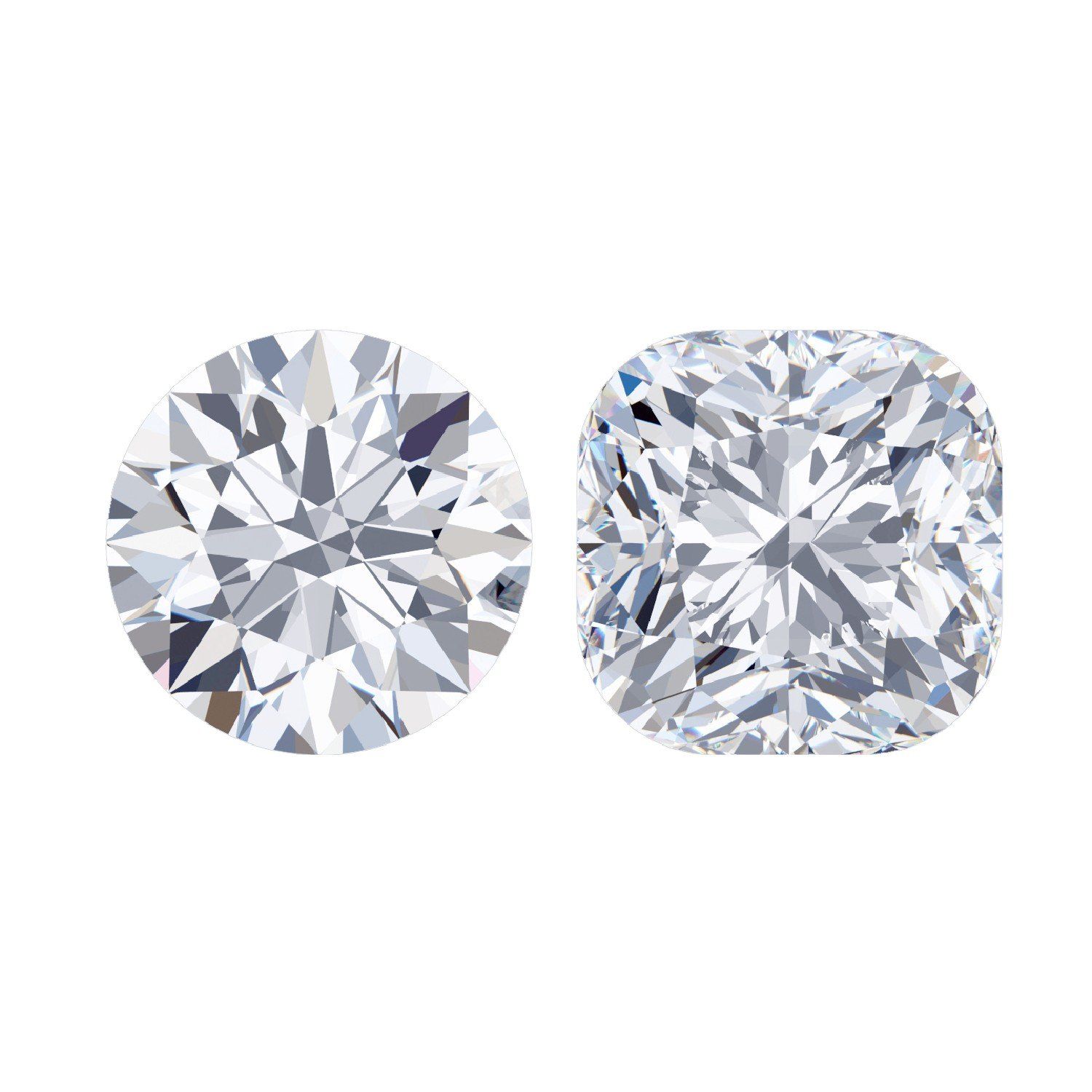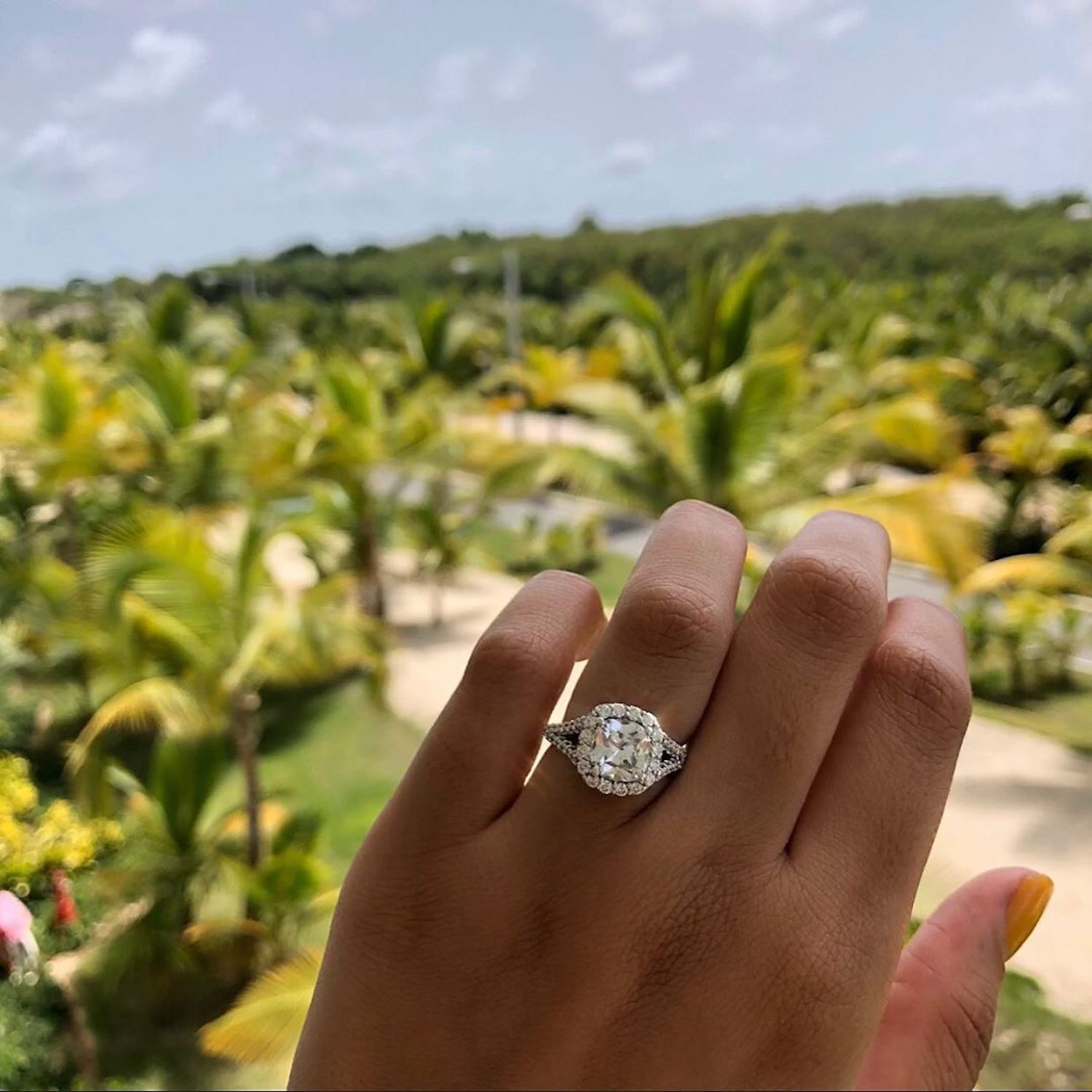What is Diamond Brilliance?
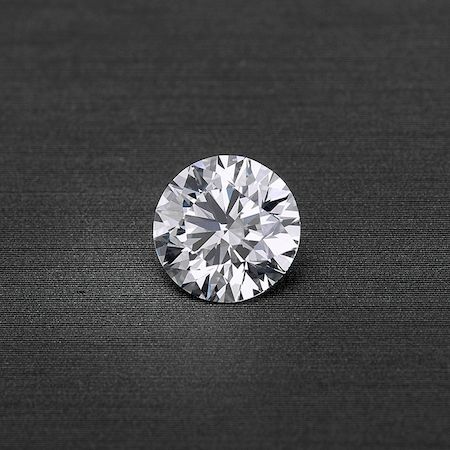
Diamonds are known for their captivating, reflective beauty. The term “brilliance” refers to the white light that a diamond will reflect. Diamonds with excellent brilliance will appear very bright; stones that are lacking brilliance will appear dull and have large dark areas within the stone.
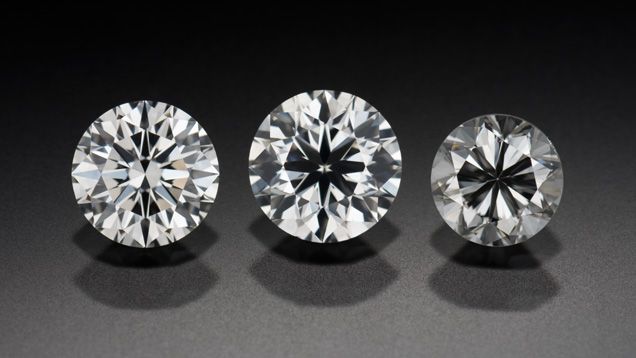
The diamond on the right exhibits poor brilliance, while the diamond on the far left exhibits excellent brilliance. It should be every shopper's goal to choose a diamond with excellent brilliance.
Brilliance vs Fire vs Scintillation
Brilliance differs from fire (the colorful light a diamond disperses) as well as scintillation (a fancy word for sparkle).
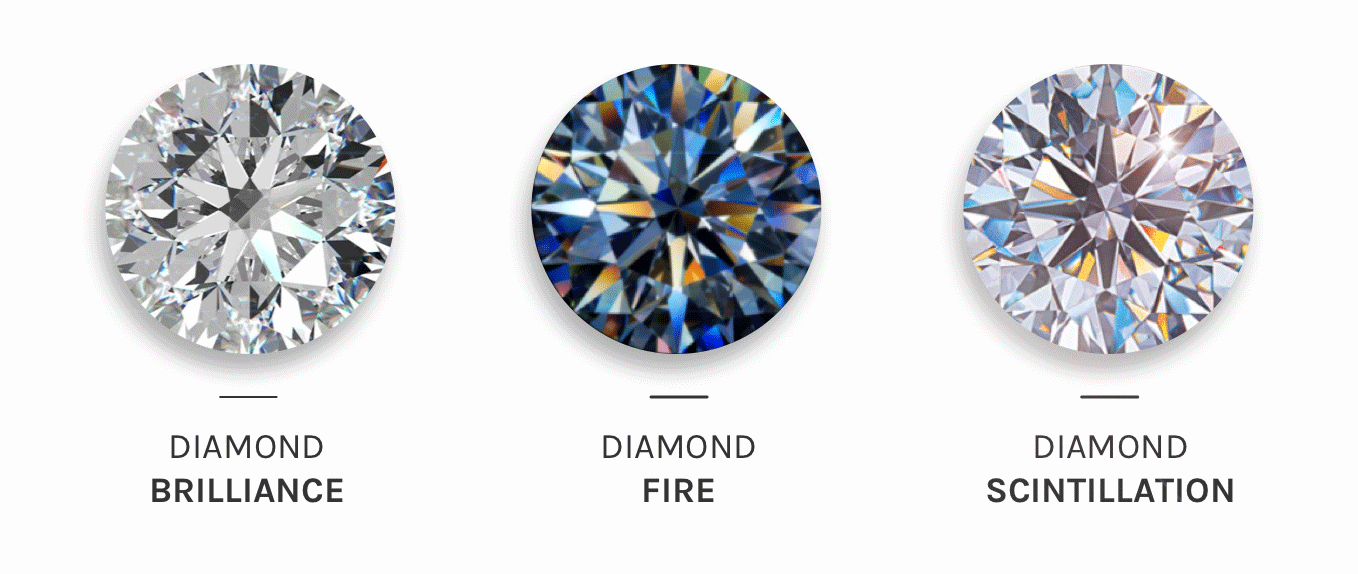
Both brilliance, fire, and scintillation are highly desirable in a diamond and will increase its value.
What Affects a Diamond’s Brilliance?
A diamond’s cut quality is what impacts its brilliance. For a super brilliant diamond, choose the best cut grade possible. At Ritani, the best cut grade for round-cut diamonds is an Ideal cut, while for fancy shapes the best cut grade is a Very Good cut.
A diamond's cut grade is determined by many different factors, including its polish, symmetry, depth, and table percentage. So, to ensure a brilliant diamond, make sure it has an excellent polish and symmetry grade, and check its certificate to make sure its depth and table percentage are ideal.
Does a Diamond's Color Grade Affect its Brilliance?
Color only affects how icy your stone will appear, so it won’t affect brilliance. You can still have an L-colored diamond that is full of brilliance.
Does a Diamond’s Clarity Grade Affect its Brilliance?
It's possible for clarity to impact a stone’s brilliance, but this mostly is seen in severely included diamonds, like ones with an I1, I2, and I3 clarity grade. Ritani doesn’t offer these diamonds since they are such low quality.
This SI2 diamond is still full of brilliance:
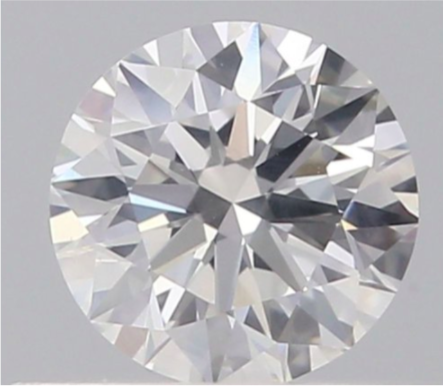
Now that you know about brilliance, are you ready to find the perfect diamond?
